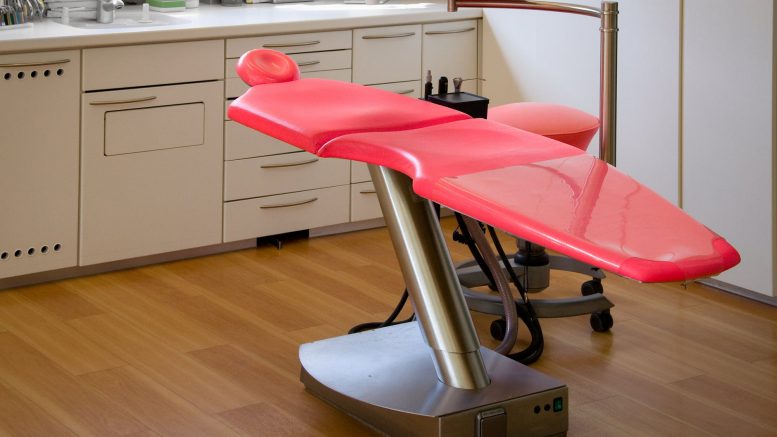You might have heard about Botox before as a non-surgical solution to combat wrinkles and other signs of aging. But what you might not know is that Botox is used for other conditions as well, which includes migraines.
Migraine sufferers know that there are treatments to help reduce the symptoms while reducing the length of a migraine, but wouldn’t it be better to prevent a migraine altogether? This is where Botox might be able to help you.
What is Botox?
Botox is a neurotoxin that can stop the signals from your nerves to your muscles. It is delivered through injections that can be repeated every few months as needed.
In terms of wrinkles, it helps paralyze overly worked facial muscles to help them relax and smooth out. For migraine sufferers, Botox works in the same manner, blocking the nerve signals that are causing the migraine.
Migraines are not just any a headache. Migraine sufferers experience an array of symptoms that can severely impact the ability to function throughout the day, including sensitivity to lights and sounds, inability to see clearly or tunnel vision, and even nausea or vomiting.
How it Works
If you have been approved to have Botox for your migraines, you might be wondering how that would work. It is important that you understand that Botox is not a permanent solution.
Even when it is used to treat cosmetic concerns, Botox will fade away over time. Most of the time, the results will last for three to four months at which time you will need to go back in and have the procedure redone.
The appointment for your Botox injection should only take 10 to 15 minutes, making it an easy procedure to have done during a weekday. Botox that is used for wrinkles is injected in the areas of concern.
However, when you get Botox for a migraine, the injections are more widespread. The injections will need to be placed along the bridge of your nose, your forehead, your neck, your temples, and even your upper back.
Overall, you could receive anywhere between 30 to 40 injections, with an equal amount on each side of your head and more in specific locations that give you the most pain.
Even if that seems like a lot of injections, remember that they are being used to help stop nerve signals that are causing the debilitating symptoms that accompany migraines.
Who Can Have Botox for Migraines?
Patients who have been diagnosed with migraines could benefit from Botox injections to provide some relief. Unfortunately, Botox is not a typically covered treatment by many insurance companies and you might wind up paying entirely out of pocket for this treatment. If you are a chronic sufferer, however, the cost might be completely worth it to you.
For those who only suffer from an occasional migraine, Botox might not be an appropriate choice for you. Most patients who receive Botox for migraines have a history of migraines and get migraines or tension headaches more than half of the time.
If you get them less than half the time, you might not be a good candidate to receive Botox to help relieve the pain. There are many different causes of headaches and using Botox on migraines is specific to migraine headaches.
The Side Effects
Just like any treatment, there are some risks of side effects that come along with receiving Botox injections for migraines. Patients often report that they suffer from neck pain following a series of Botox injections to combat migraines. You could also have bruising or tenderness at the injection sites, but that should dissipate after a few days.
The results from Botox injections will not begin to appear for about two weeks following the injections. Your muscles need a chance to recover and rest from all of the stress that was placed on them by the nerves, so there is also a risk that you will continue to experience migraines up until the two weeks have passed.
Even then you might still experience the migraines, but the pain should be dulled, making you more functional with a migraine than ever before.
Where to Begin
If you have been diagnosed with migraines and are hoping to explore the option of Botox to help improve your quality of life, you might be wondering where you can begin.
The first step is to contact a physician who is experienced in administering Botox to treat migraines. Not just any doctor who performs Botox can help with migraines so having a qualified doctor is the only way to go.
Call the office to schedule a consultation where you will be able to discuss treatment options to help alleviate the pain that you have been experiencing. With Botox, you can find the relief you need.



Be the first to comment on "How Botox Is Used To Treat Migraine Headaches"